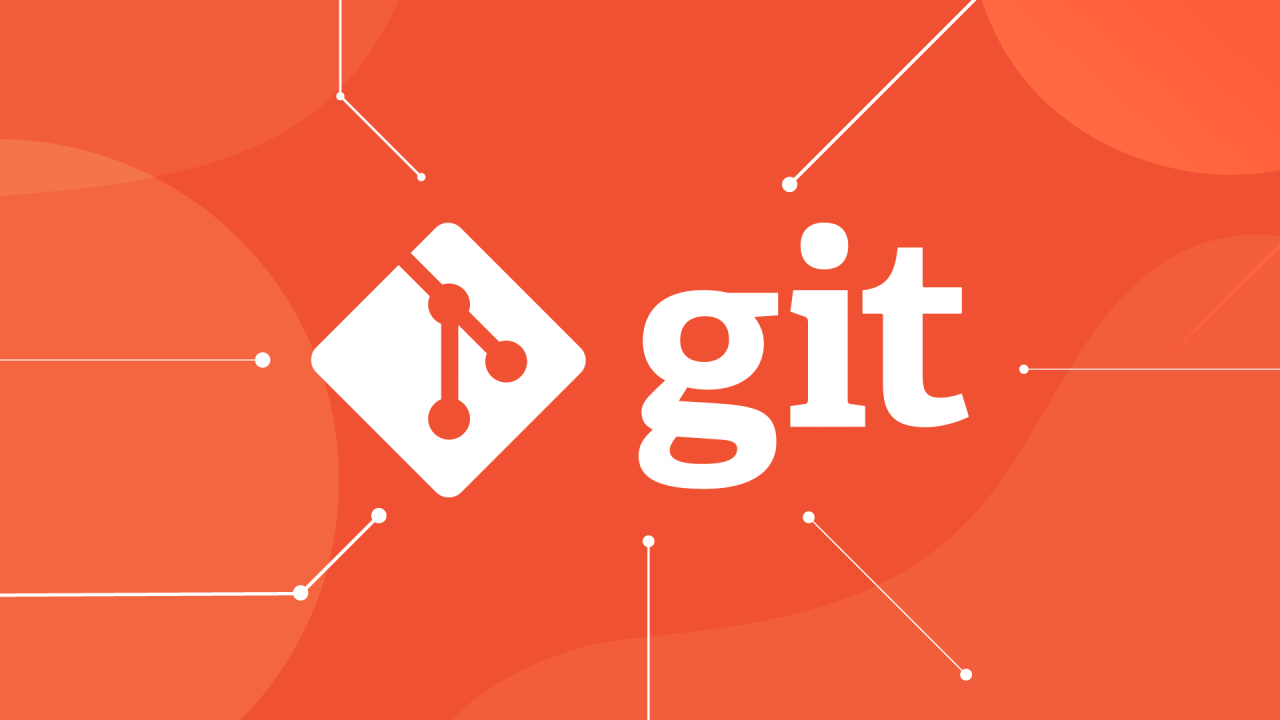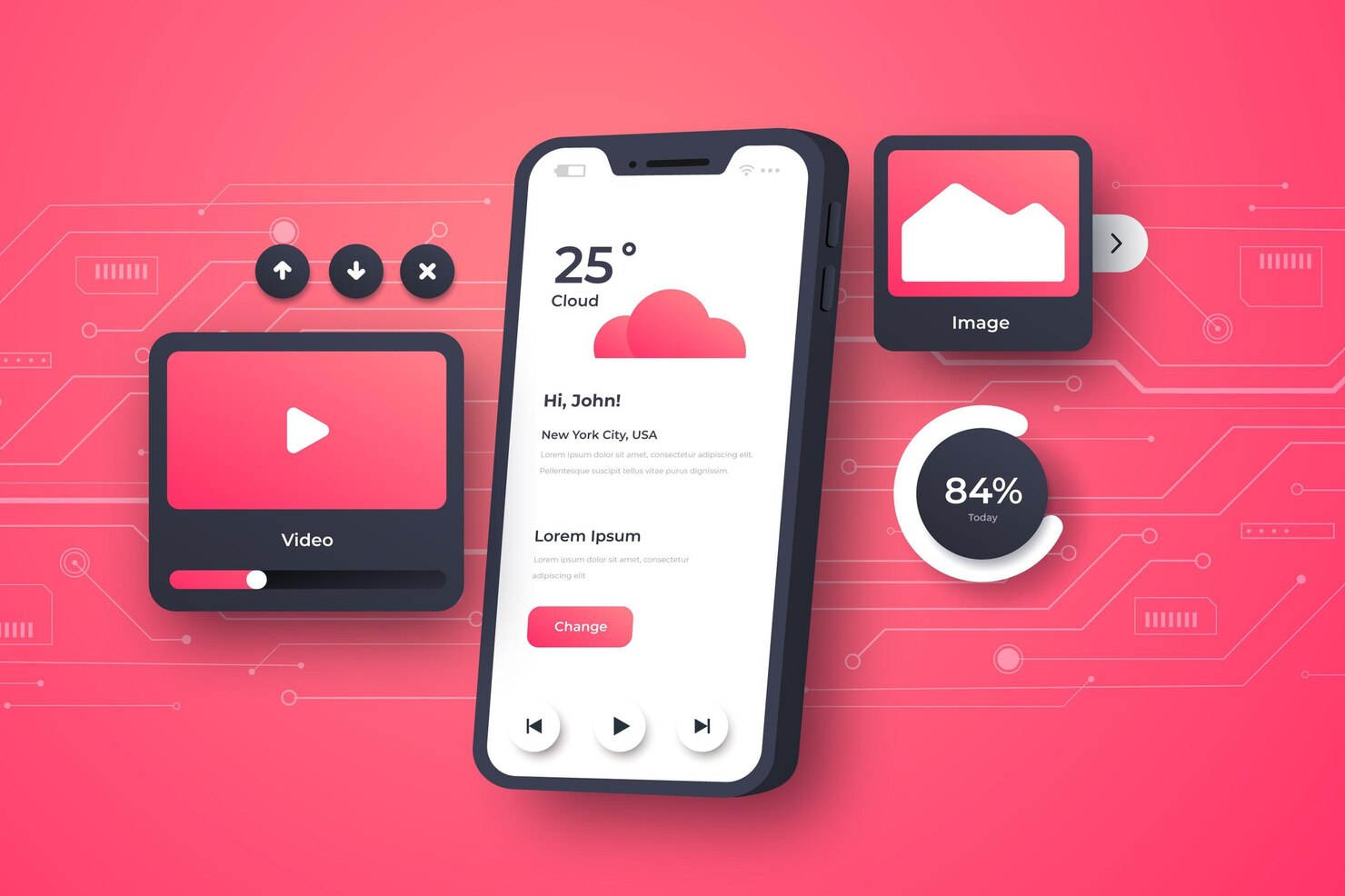As we conclude our blog series on becoming a full-stack developer, this final entry focuses on two essential tools that every developer should be familiar with: Git and DevOps. These technologies are fundamental to modern software development, enabling seamless collaboration, efficient project management, and faster delivery of high-quality products.
Understanding Git: The Backbone of Version Control
Git is a free, open-source, distributed version control system designed to track changes in source code during software development. It is optimized for speed and efficiency, making it ideal for managing everything from small personal projects to large-scale enterprise applications.
In today's development environment, familiarity with Git is non-negotiable. Git allows multiple developers to work on a project simultaneously without overwriting each other’s changes, making it a cornerstone of collaborative software development. It supports branching and merging, which lets developers work on different features or fixes in isolation before integrating them into the main project.

Why is Git Essential for Developers?
- Version Control: Git tracks the history of changes, allowing you to revert to previous versions if something goes wrong.
- Collaboration: Git enables multiple developers to work together efficiently, providing tools to manage changes, resolve conflicts, and review code.
- Hosting on Platforms: GitHub, GitLab, and Bitbucket are popular platforms that host Git repositories, offering additional tools for project management, continuous integration, and code review.
Learning the basics of Git—such as creating repositories, committing changes, branching, and merging—should be a priority for any aspiring developer. These skills are crucial not only for collaboration but also for managing your codebase effectively as projects grow in complexity.

Introducing DevOps: Bridging Development and Operations
DevOps is a cultural and technical movement that brings together development (Dev) and operations (Ops) teams to improve collaboration, automate processes, and deliver software more quickly and reliably. It’s a set of practices that integrates software development, IT operations, and quality assurance, aiming to shorten the system development lifecycle while delivering features, fixes, and updates frequently in close alignment with business objectives.
Amazon describes DevOps as a combination of cultural philosophies, practices, and tools that increase an organization’s ability to deliver applications and services at high velocity. This approach helps teams evolve and improve products faster than traditional software development and infrastructure management processes, allowing companies to better serve their customers and stay competitive.

Key Components of DevOps:
- Continuous Integration/Continuous Deployment (CI/CD): Automates the process of integrating code changes, testing them, and deploying them to production, ensuring that updates are released quickly and reliably.
- Infrastructure as Code (IaC): Manages and provisions computing infrastructure through machine-readable definition files, rather than physical hardware configuration or interactive configuration tools.
- Monitoring and Logging: Continuously monitors application performance and logs data to detect issues and optimize operations.
- Collaboration and Communication: Enhances communication between development and operations teams, fostering a culture of shared responsibility.

Why is DevOps Important?
DevOps practices are crucial in today’s fast-paced tech landscape. By automating processes and improving collaboration between teams, DevOps enables faster delivery of software, higher quality products, and more efficient resource management. For developers, understanding DevOps principles and tools (like Jenkins, Docker, Kubernetes, and Ansible) is increasingly important, as these skills are in high demand across the industry.
Is DevOps Right for You?
A career in DevOps requires a passion for both technology and teamwork. It’s a role where you’ll work with a diverse range of tools, technologies, and people, often balancing competing priorities and managing multiple stakeholders. If you enjoy solving complex problems, optimizing processes, and collaborating with others, DevOps could be a rewarding path for you.
Conclusion
As we wrap up the "Guide to Become a Full Stack Developer" series, it's clear that mastering Git and understanding DevOps are critical steps in your journey. These tools not only enhance your technical capabilities but also prepare you for the collaborative and dynamic nature of modern software development.
Whether you're working solo or as part of a team, Git and DevOps will empower you to manage projects more effectively, deliver high-quality software faster, and continuously improve your development practices. Embrace these technologies, and you'll be well-equipped to thrive in the ever-evolving world of full stack development.





























